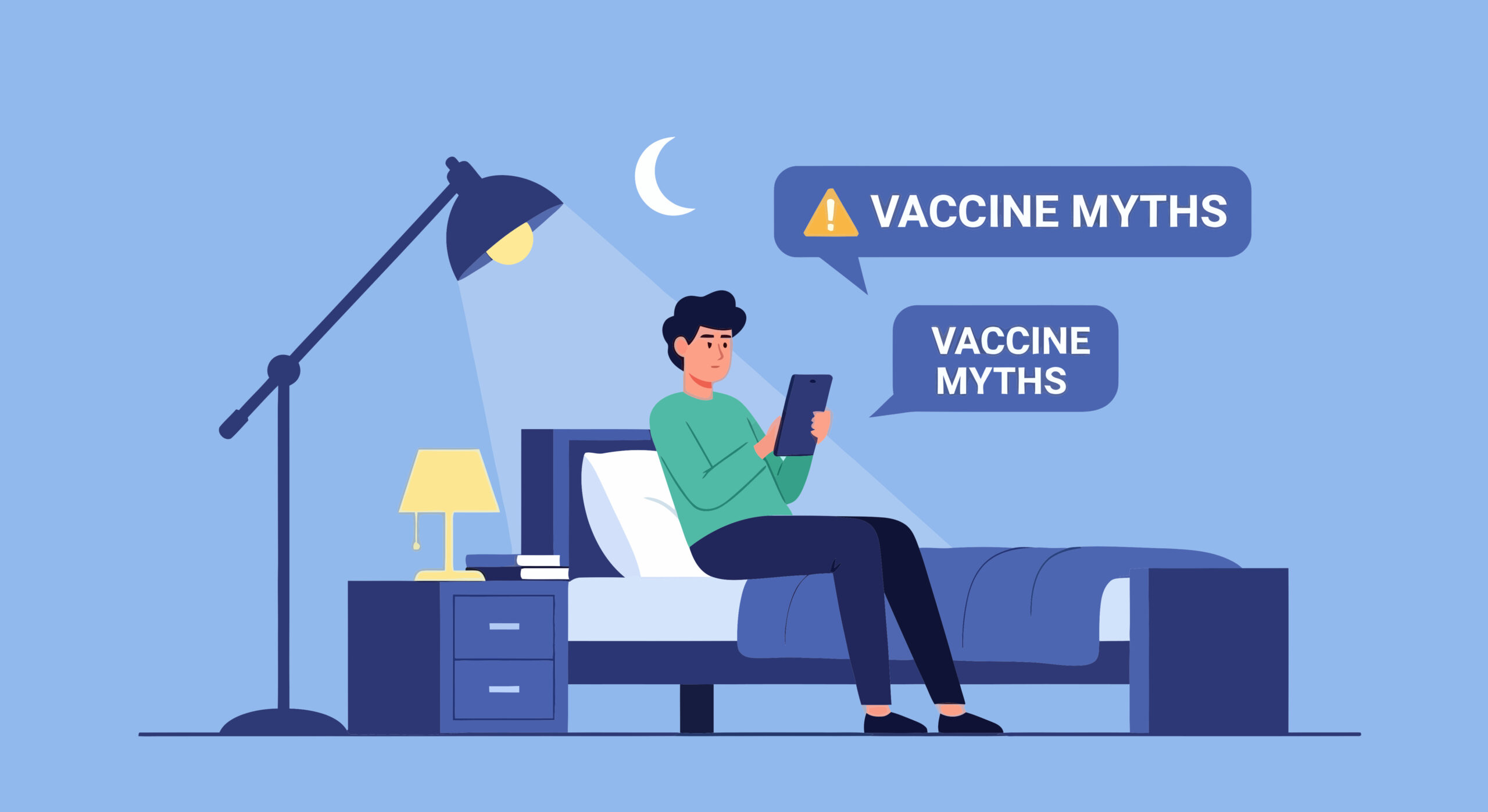Understanding the Challenge
Vaccines are one of the most effective tools we have to prevent infectious diseases, yet public trust in vaccines has become increasingly complicated. In the digital age, misinformation spreads rapidly across social media platforms, websites, and messaging apps. False claims about vaccine safety, efficacy, and necessity can influence individuals and communities, sometimes resulting in lower vaccination rates and higher susceptibility to preventable diseases.
As a physician and infectious disease specialist, I have witnessed the consequences of misinformation firsthand. Patients who are hesitant or skeptical may delay critical vaccinations, putting themselves and others at risk. Combating misinformation requires physicians to engage proactively, educate effectively, and build trust with patients.
The Physician’s Role in Building Trust
Trust is the foundation of any physician-patient relationship. Patients rely on healthcare providers for accurate, evidence-based information. Physicians are uniquely positioned to address concerns, correct misconceptions, and guide individuals toward informed decisions. Building trust requires listening carefully, acknowledging fears, and responding with empathy.
It is important to recognize that vaccine hesitancy is rarely rooted in ignorance. Often, it stems from genuine concerns about safety, personal experiences, or cultural beliefs. Physicians who take the time to understand these perspectives can tailor their communication and provide reassurance without judgment.
Communicating Clearly and Consistently
Clear and consistent communication is essential in combating misinformation. Physicians should present evidence in a way that is understandable, avoiding technical jargon. Explaining how vaccines work, their safety profiles, and the benefits of immunization in simple terms helps patients make informed choices.
Consistency across platforms and encounters reinforces credibility. When patients hear the same accurate information from multiple sources, including their primary care physician, specialists, and public health agencies, trust is strengthened. Clear messaging also helps counteract conflicting claims found online.
Leveraging Digital Platforms Responsibly
The same digital platforms that spread misinformation can also be used to promote accurate information. Physicians can engage with patients and communities through social media, blogs, and online forums to provide reliable guidance. Creating content that is evidence-based, accessible, and culturally sensitive increases the reach of accurate information.
Healthcare organizations can support these efforts by providing resources, training, and coordinated messaging. Physicians do not have to fight misinformation alone; collaboration with public health departments, professional societies, and community organizations amplifies the impact of accurate communication.
Encouraging Critical Thinking
Helping patients evaluate information critically is another effective strategy. Encouraging individuals to consider the sources of claims, examine evidence, and ask questions promotes informed decision-making. Physicians can provide tools for evaluating health information online and discuss common red flags for misinformation.
Teaching patients to approach information critically does not undermine their autonomy. Instead, it empowers them to make decisions based on reliable evidence, reducing the influence of false claims and fear-based narratives.
Engaging Communities
Vaccine hesitancy is often influenced by social and cultural factors. Engaging community leaders, educators, and local organizations can increase trust and acceptance. Physicians can work with these partners to host informational sessions, address community-specific concerns, and provide convenient vaccination opportunities.
Community engagement also demonstrates that physicians are invested in the health of the population as a whole. This visible commitment strengthens credibility and fosters a sense of shared responsibility for public health.
Transparency and Honesty
Transparency is key to maintaining trust. Physicians should openly discuss potential side effects, the rigor of clinical trials, and ongoing safety monitoring. Acknowledging uncertainties or evolving guidance does not weaken credibility; it reinforces honesty and transparency and builds confidence in the physician’s integrity.
Patients are more likely to trust providers who are upfront about risks while emphasizing the overall benefits of vaccination. This approach fosters informed decision-making and reduces the impact of misinformation that exaggerates or fabricates dangers.
Continuing Education for Physicians
Physicians themselves must stay informed about emerging vaccines, changing guidelines, and common myths circulating online. Continuous professional development ensures that providers can answer questions confidently and provide the most up-to-date guidance.
Participating in training on communication strategies, health literacy, and digital engagement can enhance effectiveness in addressing vaccine hesitancy. Physicians who are well-prepared are more likely to influence patient decisions positively.
Conclusion
Vaccines are essential tools in preventing infectious diseases, but their effectiveness depends on public trust. Misinformation in the digital age poses a significant challenge, yet physicians have the knowledge, credibility, and responsibility to combat it. By building trust, communicating clearly, leveraging digital platforms responsibly, engaging communities, and maintaining transparency, healthcare providers can guide patients toward informed decisions and promote vaccine confidence.
The fight against misinformation is not simply about correcting false claims. It is about fostering relationships, empowering patients, and creating a culture of trust and understanding. Physicians who embrace this role not only protect individual patients but also contribute to the broader public health goal of preventing infectious diseases and saving lives.
